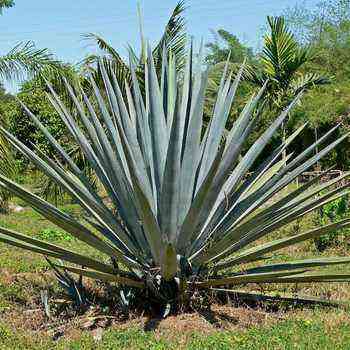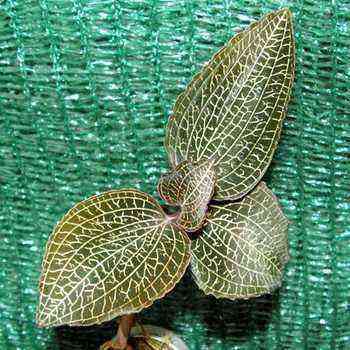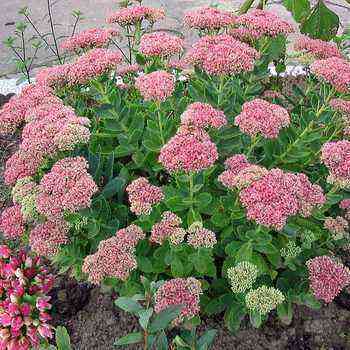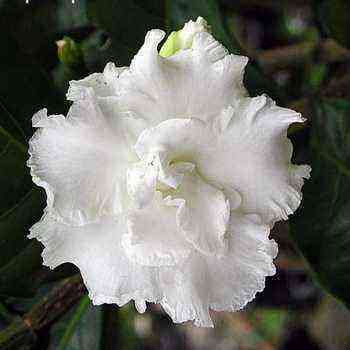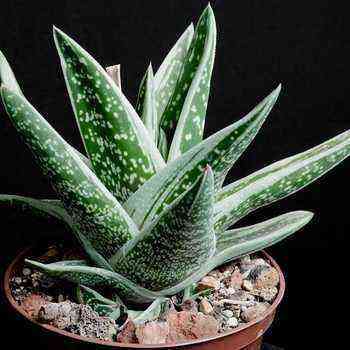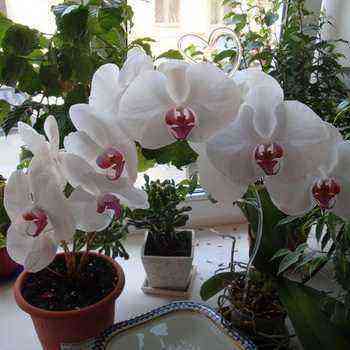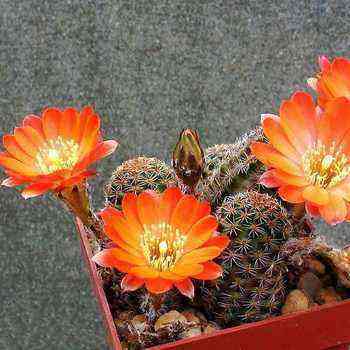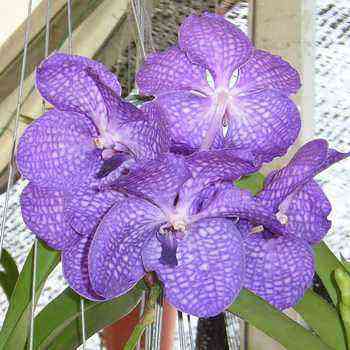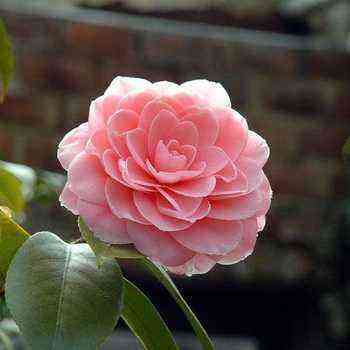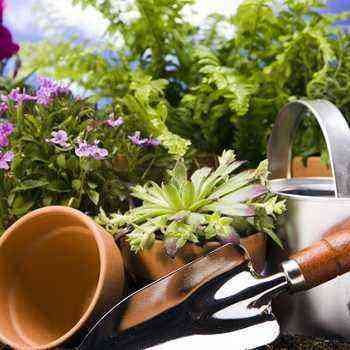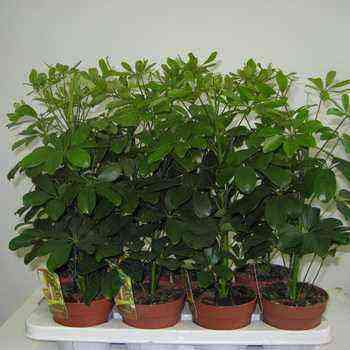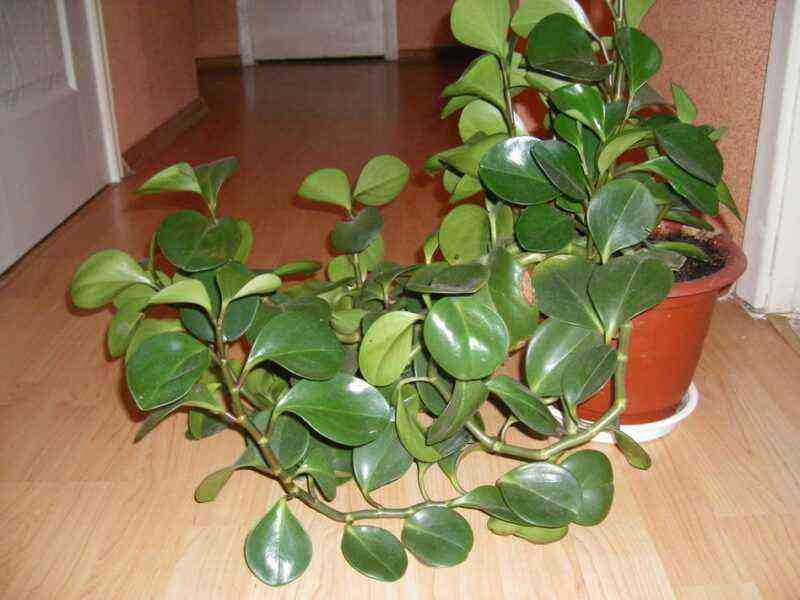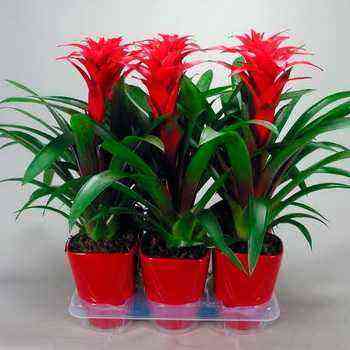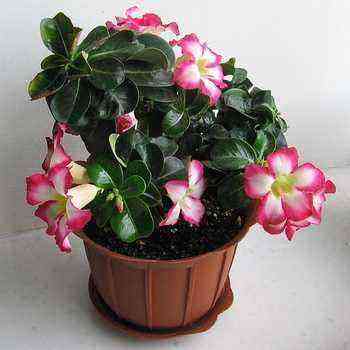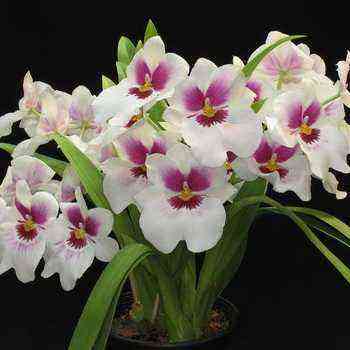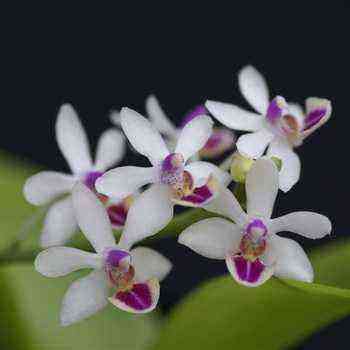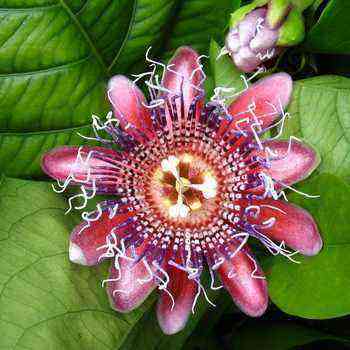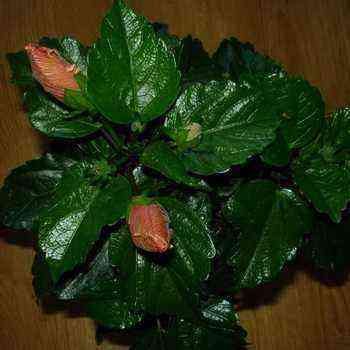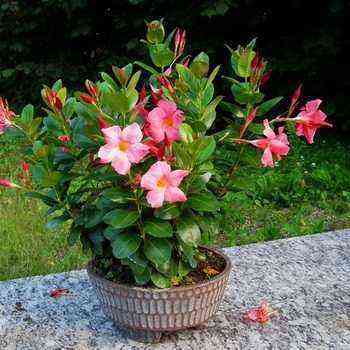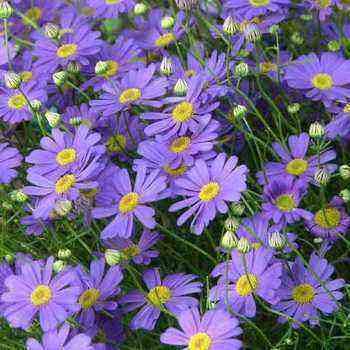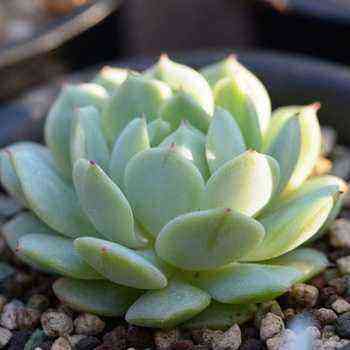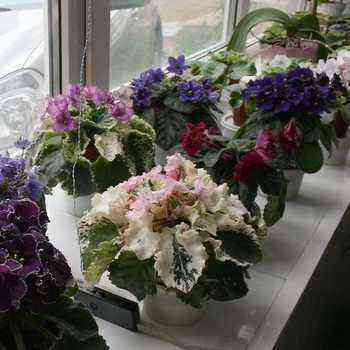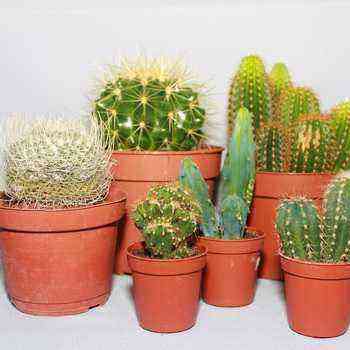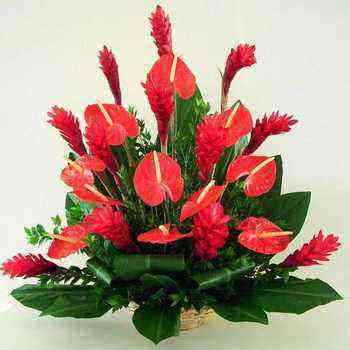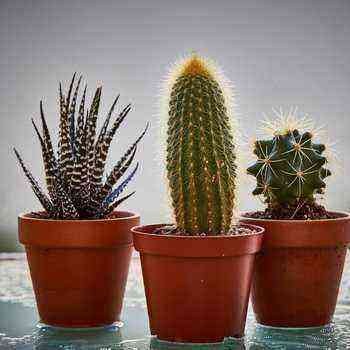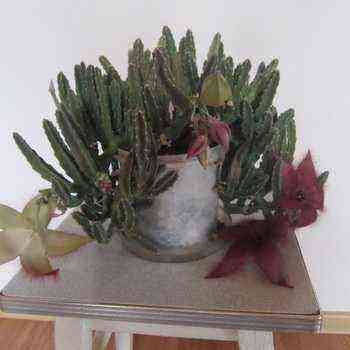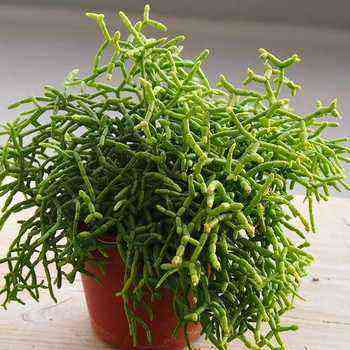There are a huge number of begonias in the world. Some of them amaze with beautiful flowering, while others decorate with their leaves. There are even species adapted to open ground.
Among the people begonia is called Napoleon’s ear.
These plants are widespread in tropical rainforests and in the mountains.
The largest accumulation of begonias is South America. Also, this plant can be found in the mountainous regions of India, the Eastern Himalayas, on the island of Sri Lanka.
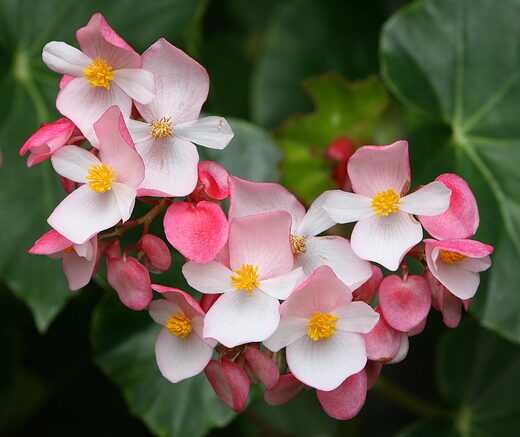
Growing and care requirements
soil should be 1 part of sand, peat, humus and 2-3 parts of leafy land.
Lighting it is better to provide light, but without direct sunlight.
In the summer you need plenty pour begonias, decrease in intensity in winter and autumn.
From spring to autumn feed this plant is liquid fertilized every 2 weeks.
After flowering trim stems.
Transplant need in the spring.
Breeds begonia by cuttings or tubers.
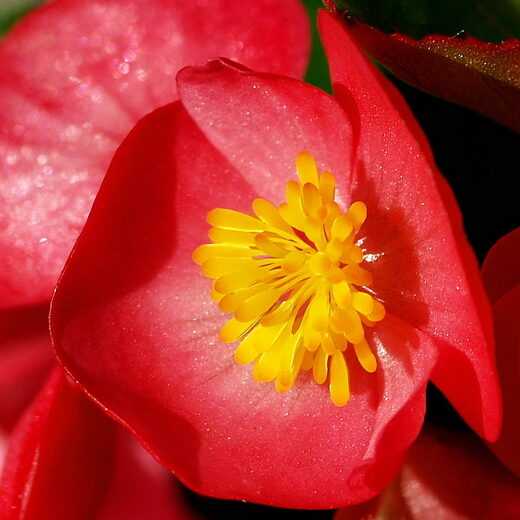
Care
Begonias are unpretentious plants, they are resistant to diseases, but they need to be properly cared for. The first is air humidity. They all need high humidity, so spray your plant regularly. You can also put the flower pot on a tray of water, but so that the pot is not in the water. Alternatively, you can put pebbles under the pot.
Among other things, caring for begonia includes adherence to the temperature regime. In summer about +20 degrees, in winter about 15, but not lower.

In winter, the plant must be exposed in a bright place in the morning and in the evening for several hours.
Keep the soil moist, but not wet. In spring and summer, the ideal option is to water as the earthen coma dries up; in winter, watering should be reduced.
It will be advisable to feed the begonia with full mineral fertilizers at least twice during the growth period. To improve flowering, remove female branches at the very beginning of growth.

Reproduction
Almost all types of begonias propagate using stem or leaf cuttings, as well as dividing the bush. Tuberous species can be propagated by tubers. With this reproduction, the tubers are dug out after flowering, the stems are cut off. After that, the material is placed in sand or peat for storage at a temperature of +9 degrees.
Tubers should be planted from February to May. They are planted in small pots with sandy soil and deepen only halfway.
Seed reproduction is very difficult and rather troublesome.
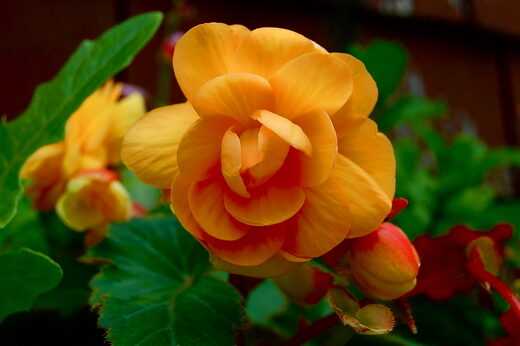
Diseases and pests
It may happen that the begonia has begun to shed its leaves or buds. The most likely reason for this is a lack of moisture in the soil and air humidity.
Pale color of leaves is the main symptom of insufficient lighting.
If you keep the plant in an environment that is too humid and at low temperatures, gray rot may form. You can fight this fungal disease only by removing the affected parts and then treating the sections with a fungicide.
The most common pests of begonias are spider mites and aphids. Both representatives are stationed on the back of the leaf, feeding on the sap of the plant. You can get rid of those and others with the help of preparations containing feverfew. It is necessary to process until the insects disappear completely.




